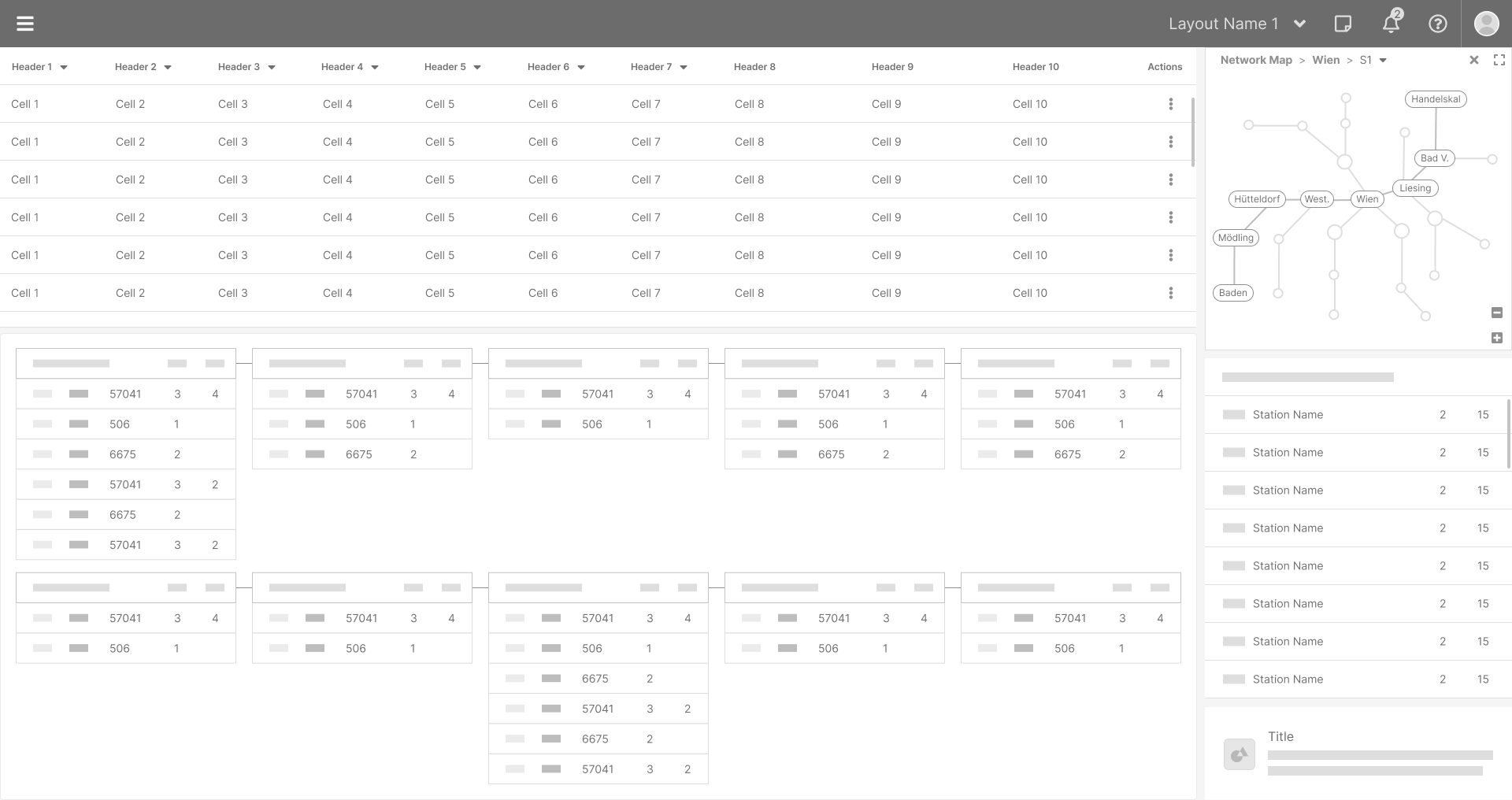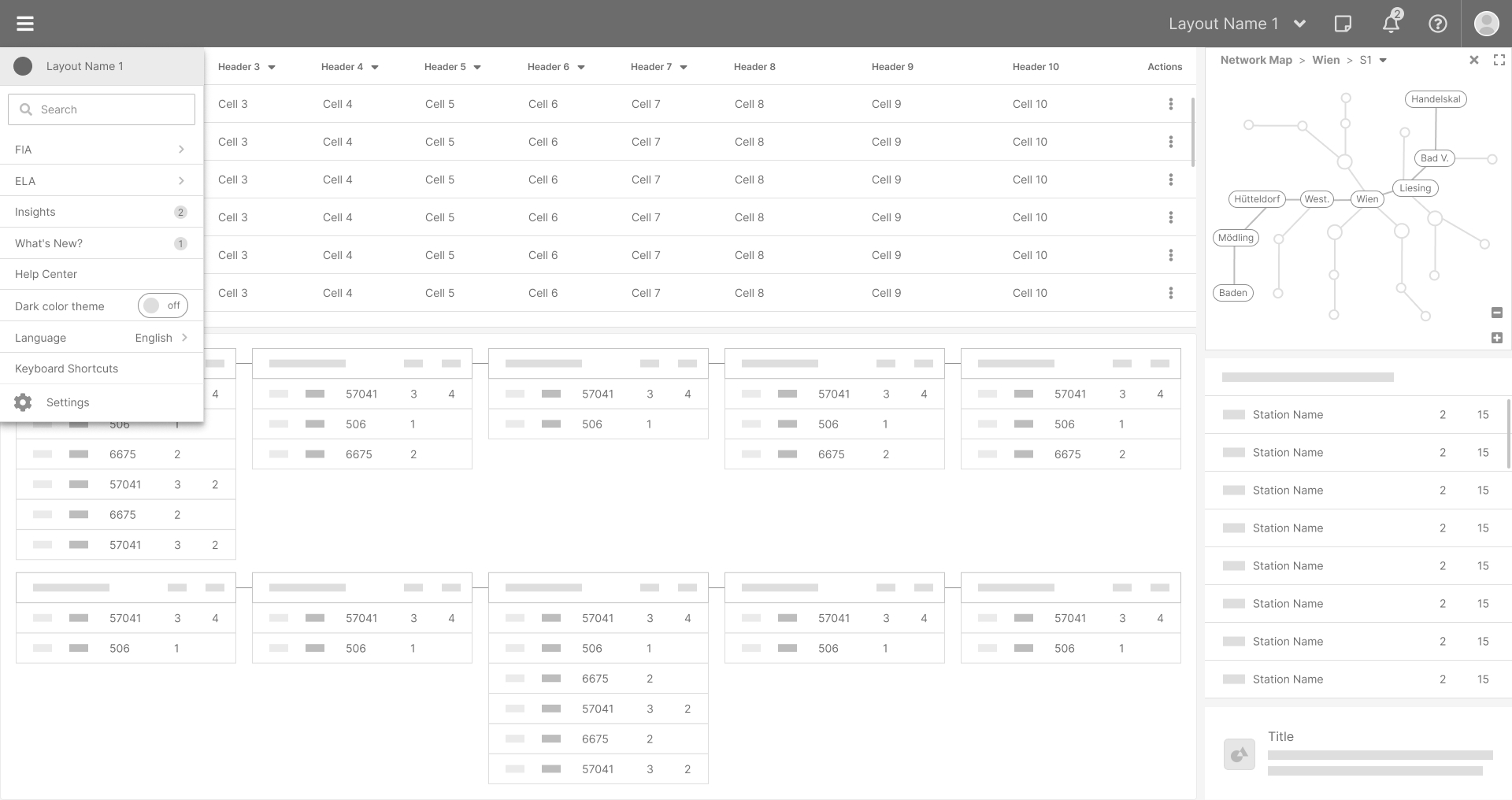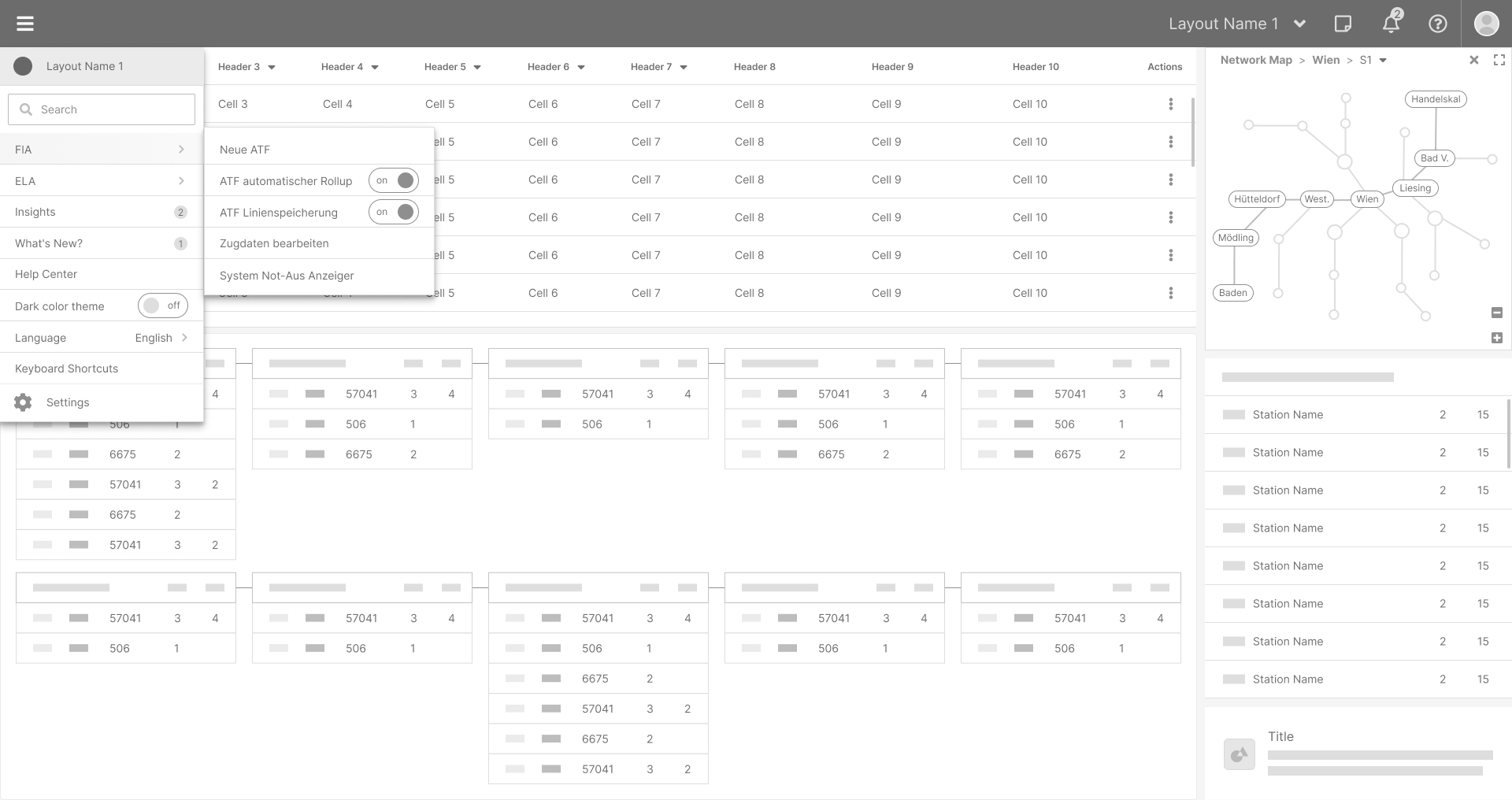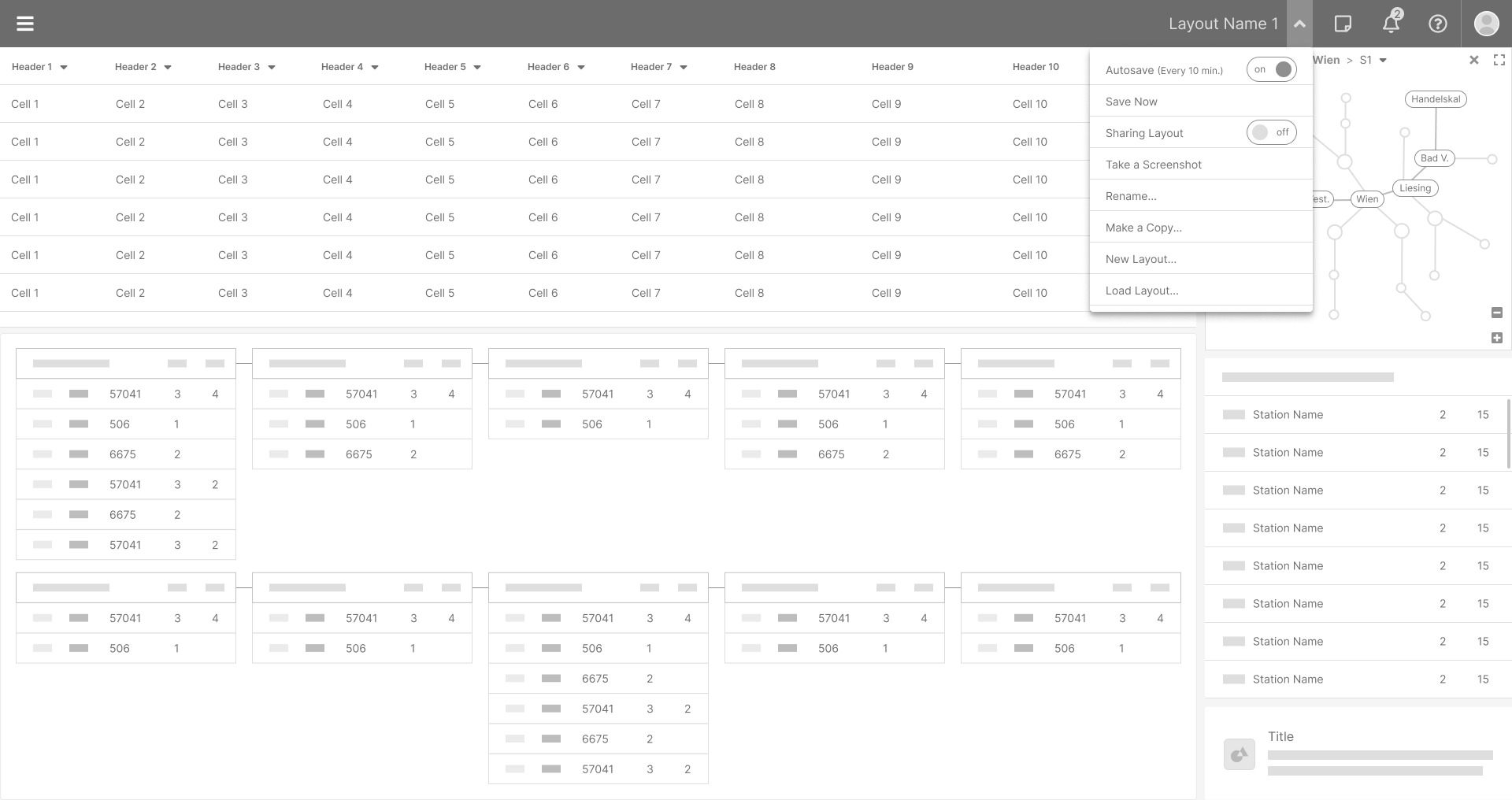Funkwerk Mobility Plattform
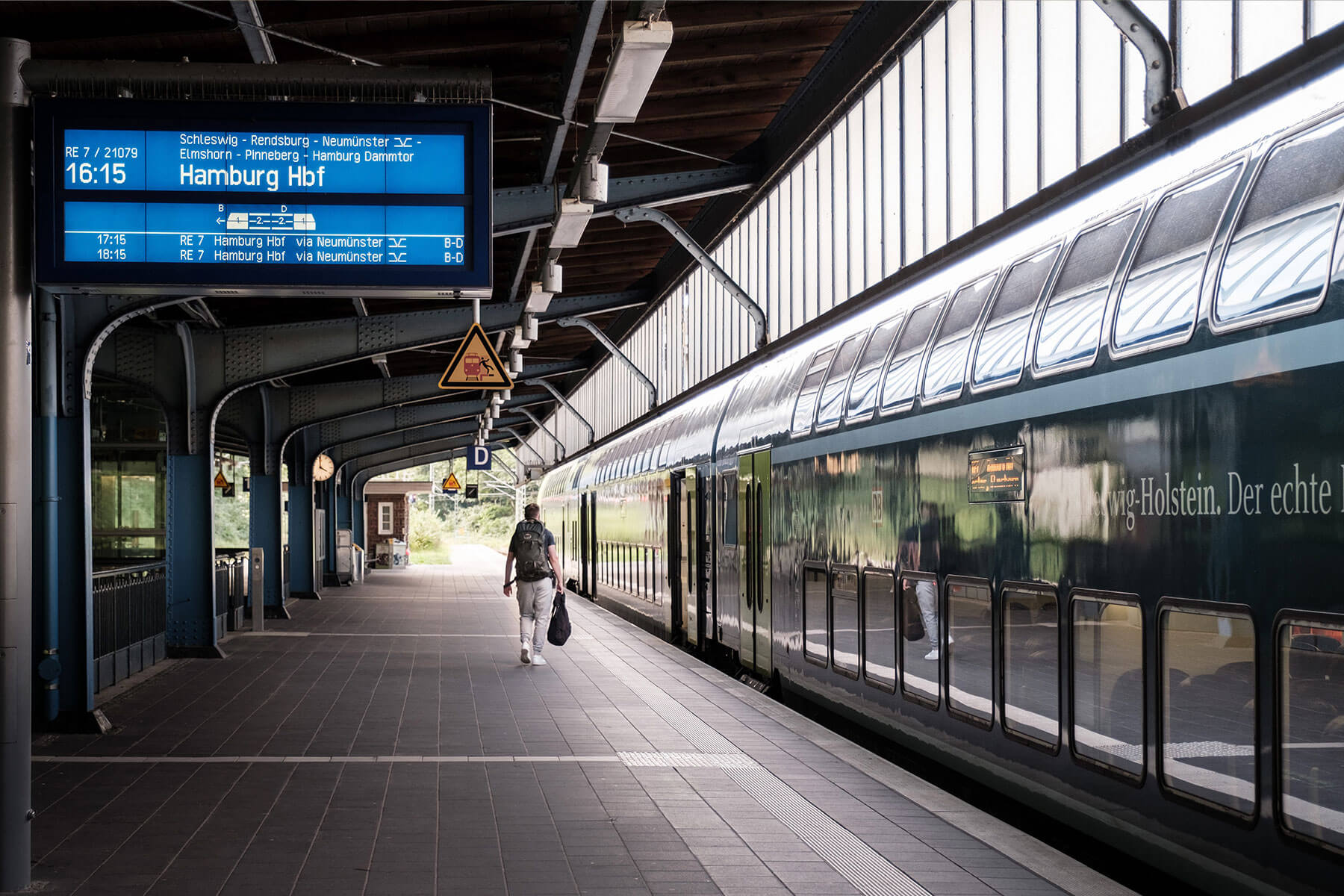
Funkwerk is a pioneering European provider of cutting-edge passenger information systems for local and long-distance transportation, delivering comprehensive solutions from system design to implementation, assembly, and ongoing maintenance.
In this project, our objective was to uncover innovation opportunities through in-depth user research and redesign the desktop platform's information architecture as a modern web application.
Collaborating closely with a cross-functional team, including a product manager, AI researcher, programmer, and content strategist, I developed frameworks and prototypes to communicate our vision, design principles, and content strategy, ensuring a cohesive and user-centered approach.
My Involvement
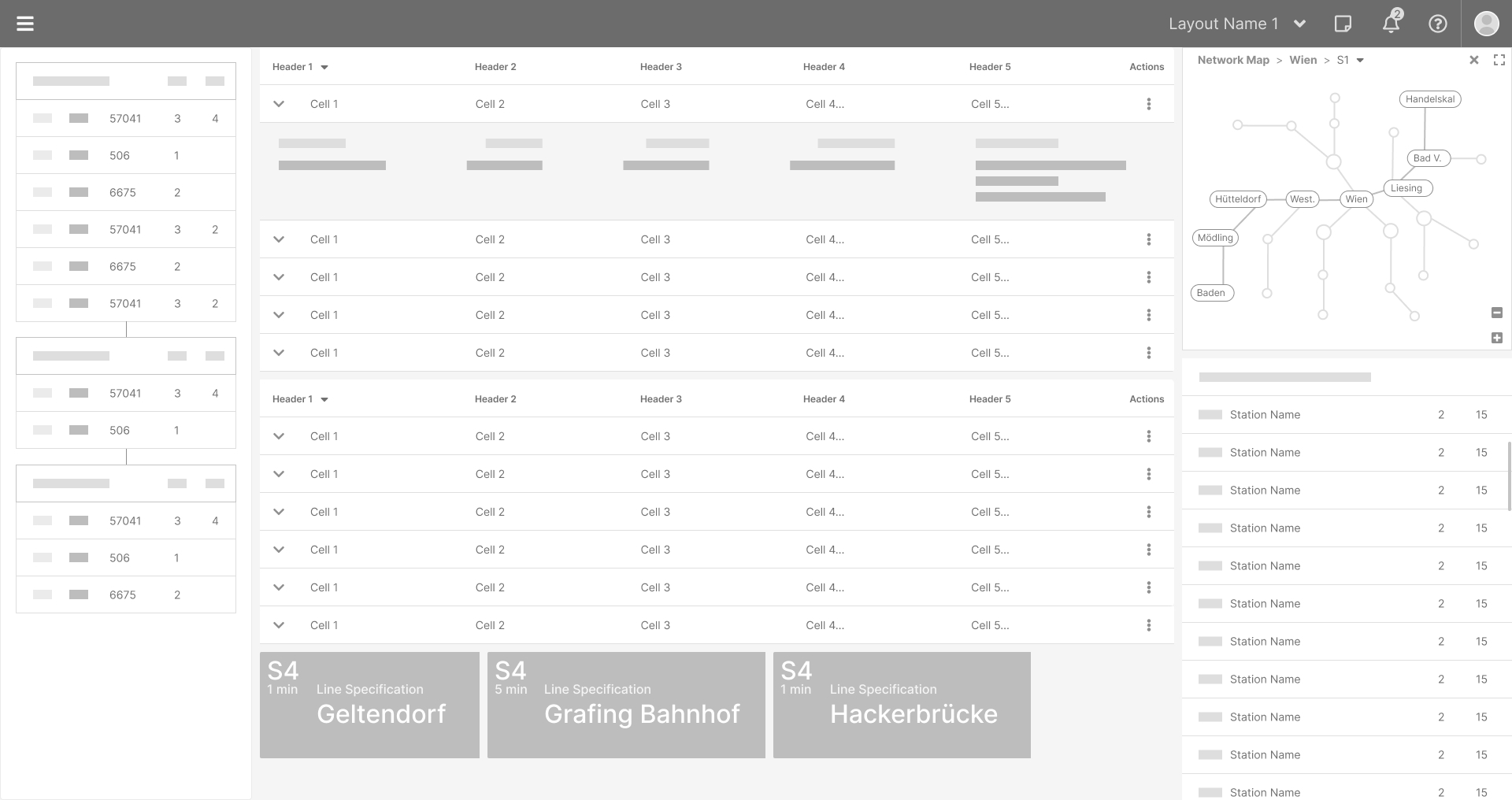
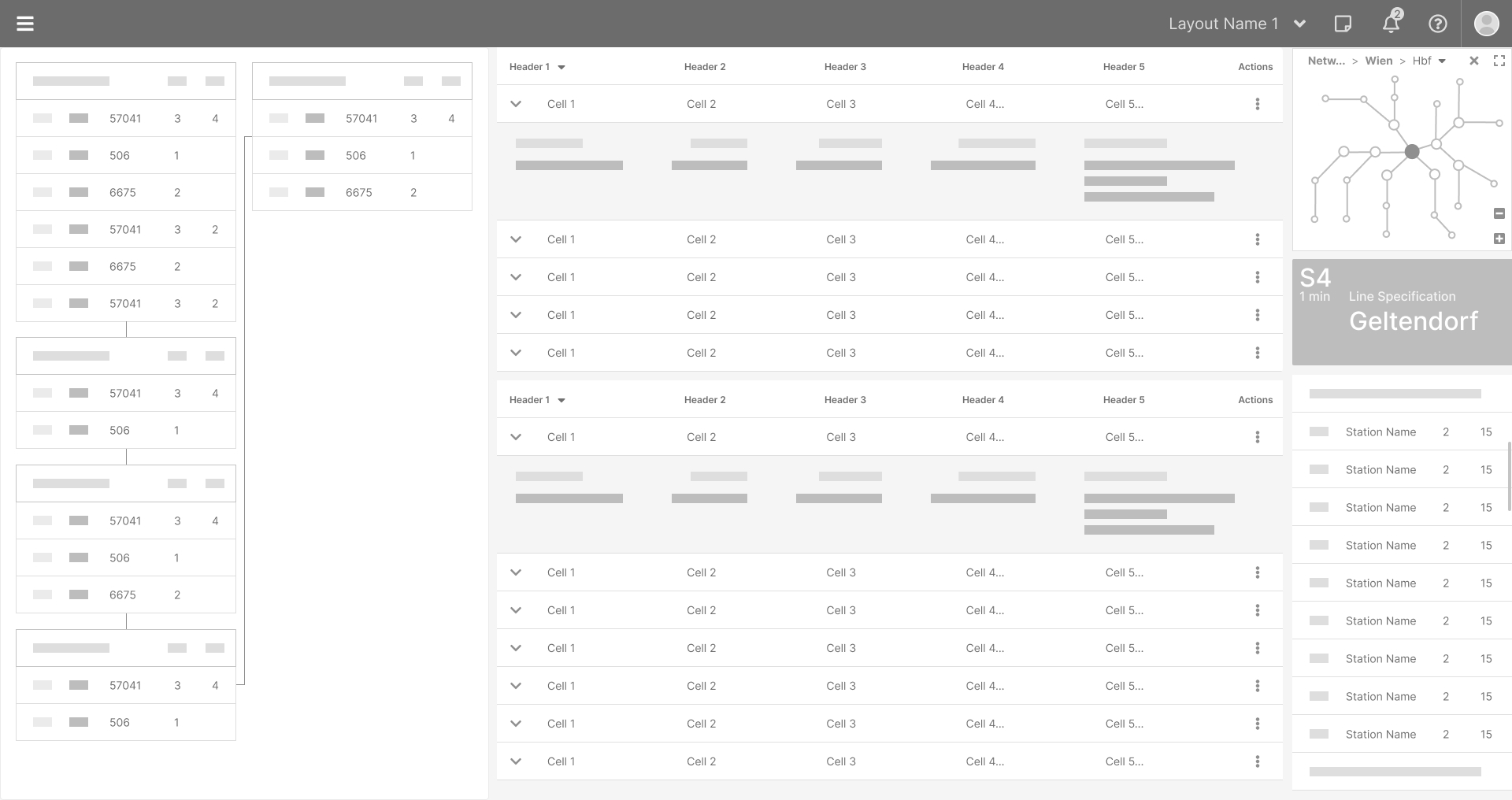
Following a comprehensive qualitative and quantitative research study, I identified key insights that informed the following design objectives:
Intuitive Mobility Platform
Research Insight: Users expressed frustration with complex interfaces that distracted them from their primary tasks. Data showed that 35% of participants struggled to maintain focus when switching between multiple tools.
Objective: Design a harmonious and simple mobility platform that enables users to stay focused on their tasks while facilitating their workflow.
Scalable Architecture
Research Insight: Interviews with product managers highlighted concerns about the platform's long-term scalability.
Objective: Ensure practical scalability for future components and updates, allowing for seamless integration and growth.
Effortless Interaction
Research Insight: Observations revealed that users frequently hesitated when interpreting data visualizations, resulting in slower decision-making.
Objective: Present data through intuitive interaction patterns and smooth visual transitions, making it easy for users to engage with the platform.
Adaptive Layout
Research Insight: Users expressed the need for more flexibility in arranging their workspace. However, they also indicated that too much freedom led to cluttered and inefficient layouts.
Objective: Provide an adaptive grid that enables users to organize and resize elements of interest, with intelligent limitations on resizing to maintain a logical and usable layout.
Collaboration and Customization
Research Insight: Teams working remotely reported difficulty maintaining consistent layouts and workflows across projects.
Objective: Allow users to save and share multiple layout configurations, facilitating teamwork and personalized workflows.
Guided Learning
Research Insight: Usability testing revealed that users often overlooked valuable features that could improve their efficiency.
Objective: Promote learning by doing, gently nudging users to discover new features relevant to their job, and providing guidance on how to use them effectively.
AI-Powered Assistance
Research Insight: Surveys indicated that users often felt uncertain about the next steps when interacting with complex data.
Objective: Leverage AI to minimize uncertainties, set user expectations, and offer suggestions, while learning from accurate predictions and user behavior to improve the overall experience.
Efficiency Optimization
Research Insight: Workflow analysis revealed that users frequently repeated inefficient steps to complete tasks.
Objective: Utilize AI to help users adopt more efficient methods for completing tasks, streamlining their workflow and enhancing productivity.
Accessibility and Comfort
Research Insight: Users with vision sensitivity expressed difficulty using bright interfaces for prolonged periods.
Objective: Offer color profiles in both dark and light modes, with the option to switch to dark mode to reduce eye strain and improve user comfort.
